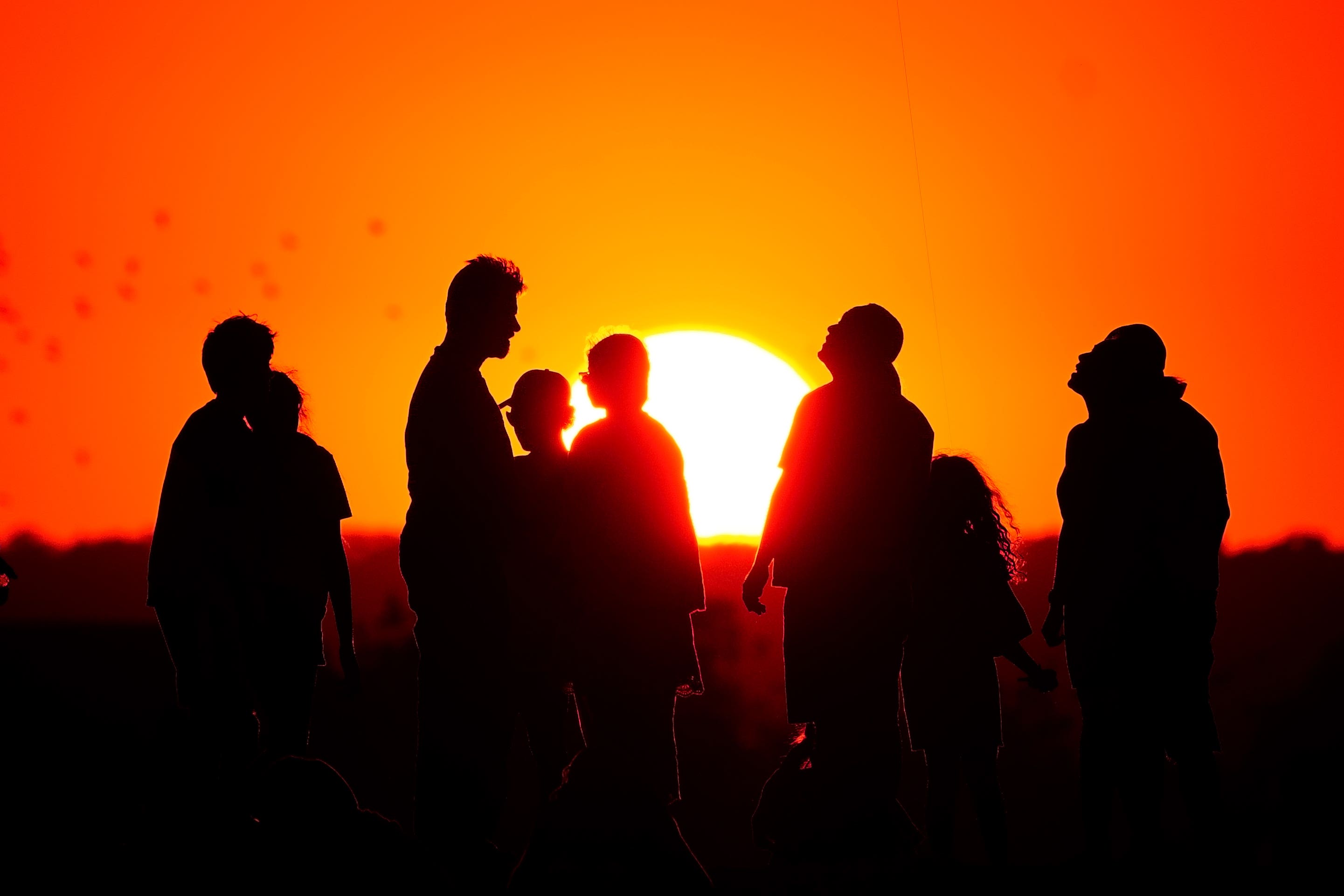Heat deaths in some regions could rise 60-fold by end of century, study warns
Millions of people in the Middle East and North Africa face potentially ‘unliveable’ conditions outside of what human beings have ever experienced.

Your support helps us to tell the story
From reproductive rights to climate change to Big Tech, The Independent is on the ground when the story is developing. Whether it's investigating the financials of Elon Musk's pro-Trump PAC or producing our latest documentary, 'The A Word', which shines a light on the American women fighting for reproductive rights, we know how important it is to parse out the facts from the messaging.
At such a critical moment in US history, we need reporters on the ground. Your donation allows us to keep sending journalists to speak to both sides of the story.
The Independent is trusted by Americans across the entire political spectrum. And unlike many other quality news outlets, we choose not to lock Americans out of our reporting and analysis with paywalls. We believe quality journalism should be available to everyone, paid for by those who can afford it.
Your support makes all the difference.Heat-related deaths in the Middle East and North Africa (MENA) will be 60 times higher by the end of the century if no climate action is taken, researchers have said.
Around 123 people in 100,000 are predicted to die compared with two in 100,000 now, more than any other region in the world.
Iranians will suffer most, with 423 deaths per 100,000, while in Palestine, Iraq and Israel more than 160 people per 100,000 will die, the research found.
The UK in comparison will see a rise from three to nine deaths per 100,000 by the 2080s under what the Intergovernmental Panel on Climate Change (IPCC) deems a high emissions scenario, where countries enact no mitigation policies.
That's partly down to the warming but also because of the increases in the population size, ageing of societies and other socio-economic factors
Gulf states such as the United Arab Emirates, where the next UN climate conference – Cop28 – is to be held, would see the greatest relative increase in heat-related deaths.
The researchers found more than 80% of these deaths can be prevented if the global average temperature is kept to 2C above preindustrial levels, the target set in the Paris Agreement.
Professor Shakoor Hajat, of the London School of Hygiene and Tropical Medicine, and lead author of the study, said current heat-related deaths in the MENA region are relatively low because of a young population, air conditioning and knowledge of how to avoid the hottest temperatures.
He said: “We quantified what the impacts are of current weather patterns and also projected what future burdens will be, based on what the climate models project the warming will be like.
“We estimate that under a high emission scenario, the number of deaths could multiply by 60 times current levels and that’s partly down to the warming but also because of the increases in the population size, ageing of societies and other socio-economic factors.”
The researchers modelled current (2001 to 2020) and future (2021 to 2100) trends in heat-related mortality in 19 countries in the MENA region.
There are studies that have shown that some parts of the region will become uninhabitable because of the limits to the physiological response to the heat
Under the IPCC’s high emissions scenario, most of the MENA region will experience substantial levels of warming by the 2060s despite currently having a relatively low level of heat-related deaths compared with cooler countries.
Temperatures in the MENA region could rise to around 50C by the end of the century which puts people with cardiovascular, respiratory and kidney problems, as well as those with diabetes and other neurological problems, at greater risk, Professor Hajat said.
A high emissions scenario would create conditions never before experienced by human beings and could make parts of the MENA region uninhabitable.
Professor Hajat said: “There are studies that have shown that some parts of the region will become uninhabitable because of the limits to the physiological response to the heat.
“There are already countries that have days when temperatures can reach 50C and if that becomes the norm it really will mean that there could be large-scale population displacement because these kinds of conditions are just not liveable.”
The study, published in The Lancet Planetary Health, covers only one particular aspect of climate change when there are also others that are likely to impact negatively on human health, Professor Hajat said.
He added that he would like to see better health data in MENA countries so that climate change impacts can be more accurately predicted and that even if the global temperature is limited to 2C, countries will still need to adapt.
He said: “Even with stronger action, countries in the region need to develop ways other than air-conditioning to protect their citizens from the dangers of extreme heat.
“Strengthening health systems and better co-ordination between MENA countries will be key in tackling the health impacts of climate change in the region.
“With Cop28 coming up, discussions are needed to consider how countries in the region can better work together to improve resilience in the face of climate change.”